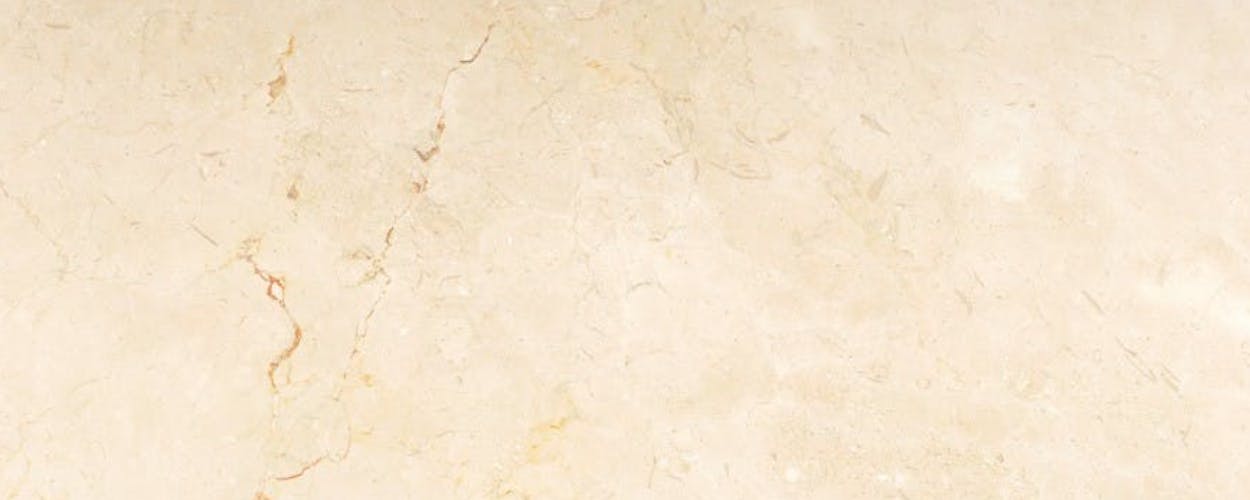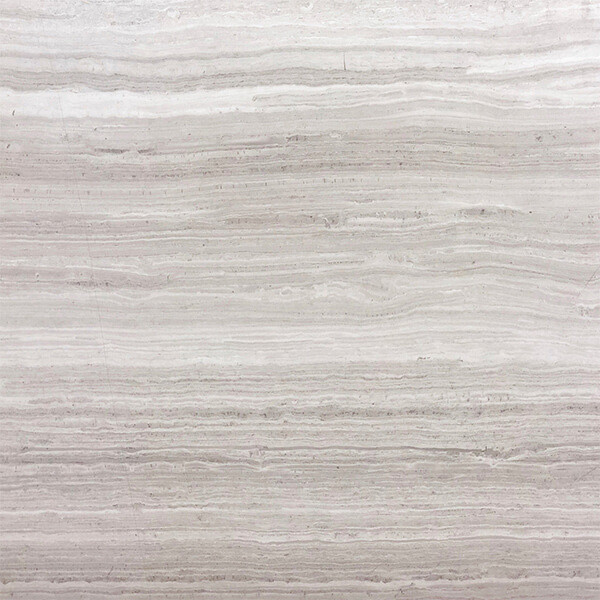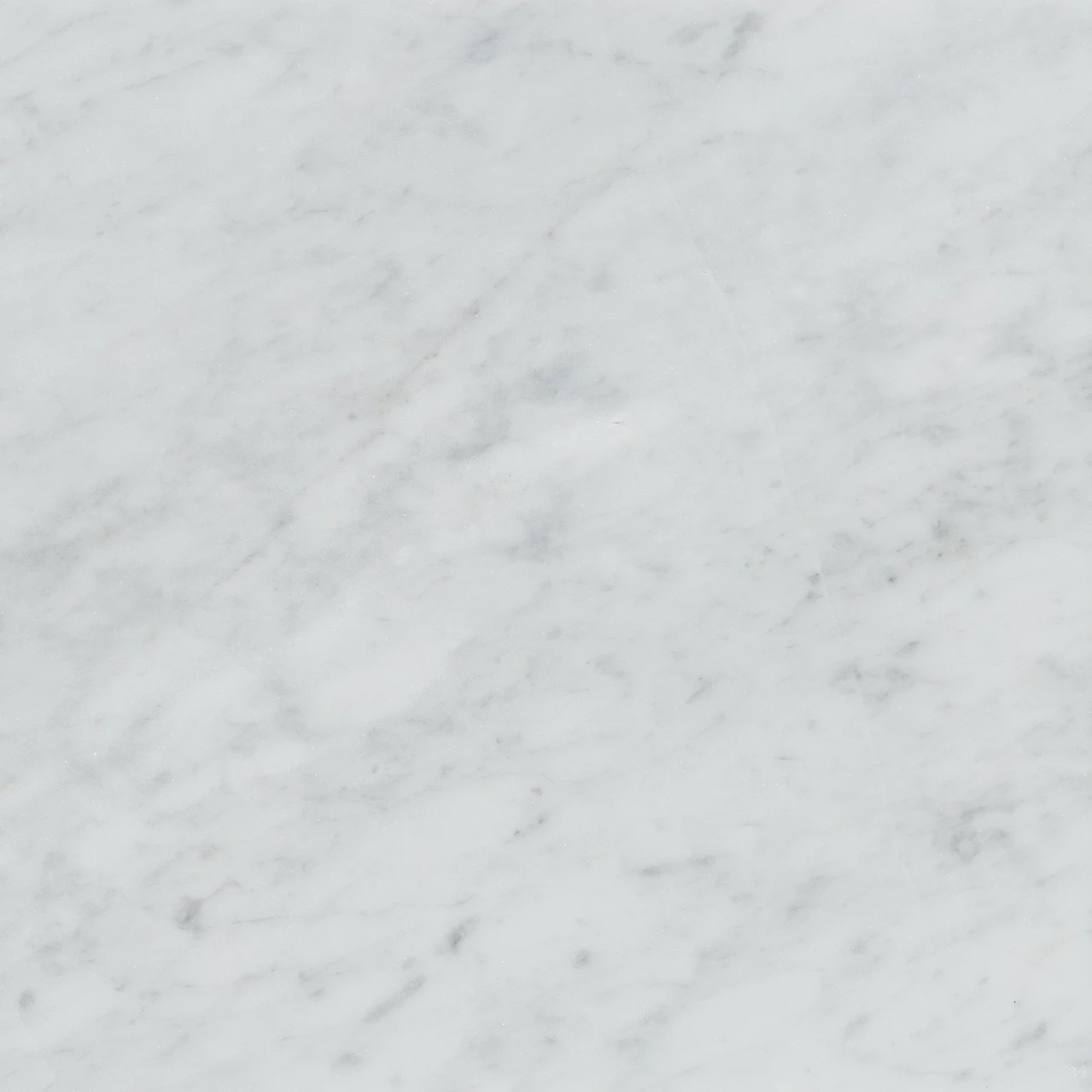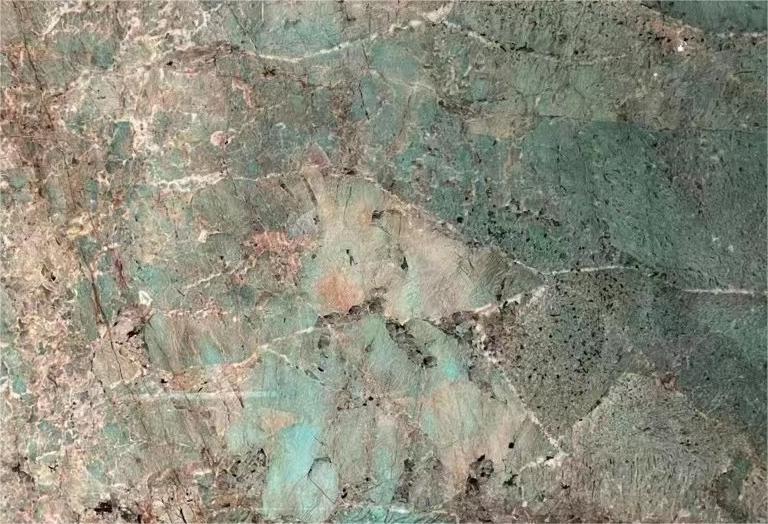Marble is a natural stone that has been used for centuries in architecture and art. Its timeless beauty and durability have made it a popular choice for flooring, countertops, sculptures, and other decorative elements. In this article, we will explore the history, properties, and uses of marble, as well as its benefits and drawbacks. We will also discuss how to care for and maintain marble, and provide some tips on how to incorporate it into your home or business.
The History of Marble
Marmer has been quarried and used since ancient times, dating back to the Greeks and Romans. It was prized for its beauty and durability, and was used to create some of the most iconic structures of the ancient world, such as the Parthenon in Athens and the Colosseum in Rome. Marble was also used for sculptures, such as the Venus de Milo and the David by Michelangelo.
Properties of Marble
Marble is a metamorphic rock that is formed from limestone under high pressure and temperature. It is composed mainly of calcium carbonate, which gives it its characteristic white or gray color. However, marble can also come in a range of other colors, such as pink, green, and black, depending on the presence of other minerals.
Marble is a relatively soft stone, with a Mohs hardness scale rating of 3-4. This means that it can be scratched or etched by harder materials, such as quartz or granite. However, marble is also relatively porous, which makes it susceptible to staining and damage from acidic substances, such as lemon juice or vinegar.
Uses of Marble
Marble has a wide range of uses, both practical and decorative. It is commonly used for flooring, countertops, and backsplashes in kitchens and bathrooms, as well as for fireplace surrounds and mantels. Marble is also used for sculptures, monuments, and other decorative elements, such as columns and balustrades.
Benefits of Marble
One of the main benefits of marble is its beauty. Its unique veining and color variations make each piece of marble unique and visually stunning. Marble is also durable and long-lasting, with proper care and maintenance. It can add value to a home or business, and is often seen as a luxury material.
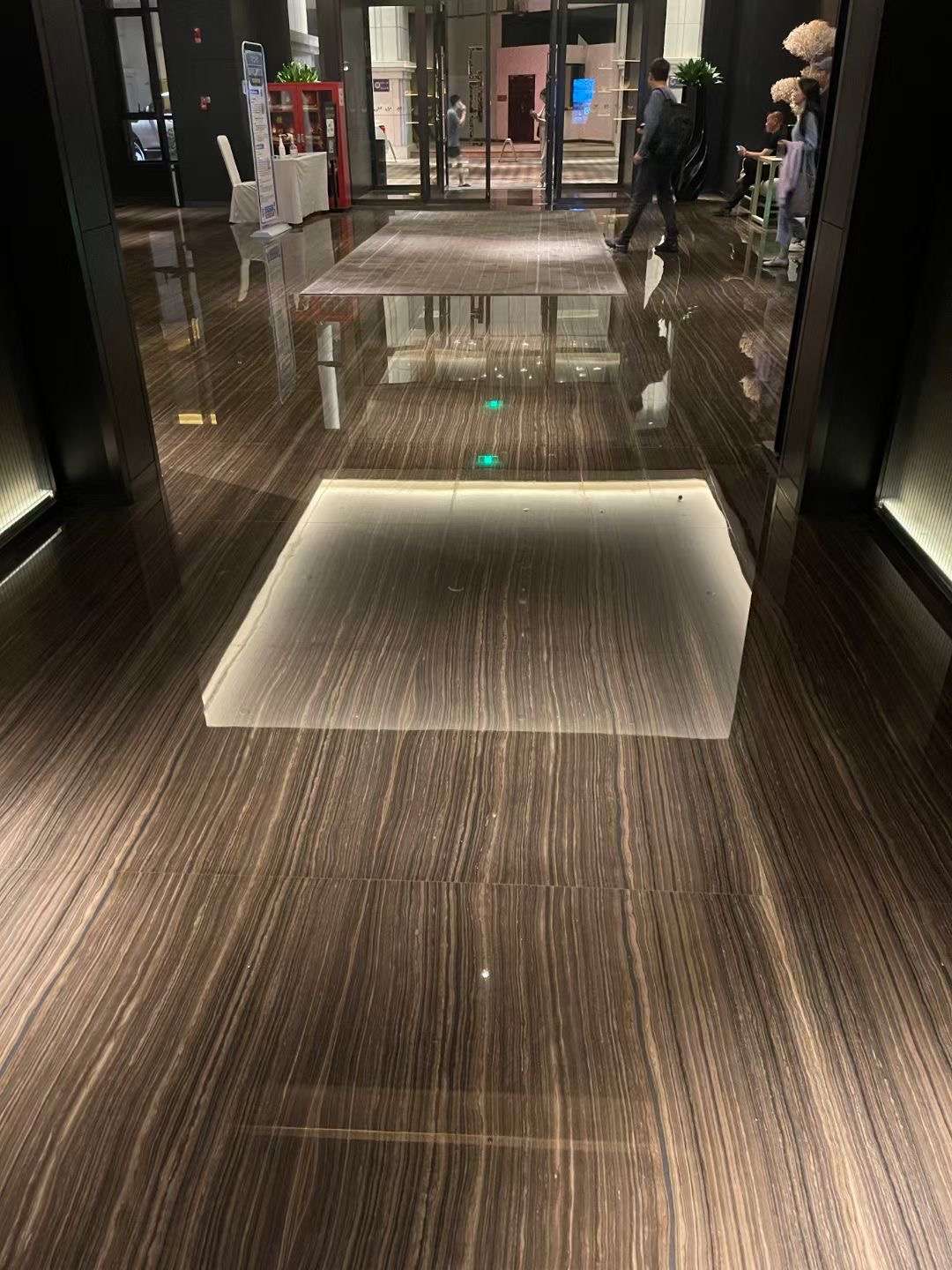
Drawbacks of Marble
Despite its many benefits, marble also has some drawbacks. As mentioned earlier, it is relatively soft and porous, which makes it susceptible to scratching and staining. It can also be expensive, depending on the quality and rarity of the marble. Finally, marble requires regular maintenance, such as sealing and polishing, to keep it looking its best.
Caring for Marble
To care for marble, it is important to avoid using harsh chemicals or abrasive cleaners, as these can damage the surface. Instead, use a mild soap and water solution or a specialized marble cleaner. It is also important to wipe up spills immediately, to prevent staining. Finally, marble should be sealed regularly to protect it from damage and staining.
Incorporating Marble into Your Home or Business
If you are considering incorporating marble into your home or business, there are many options to choose from. Marble can be used for flooring, countertops, backsplashes, and other decorative elements. It can also be combined with other materials, such as wood or metal, for a unique and modern look. When choosing marble, consider the color, veining, and quality of the stone, as well as the overall design and style of the space.
Conclusion
Marble is a timeless and beautiful natural stone that has been used for centuries in architecture and art. Its unique veining and color variations make it a popular choice for flooring, countertops, sculptures, and other decorative elements. While marble has some drawbacks, such as its susceptibility to scratching and staining, it can be cared for and maintained with proper care. If you are considering incorporating marble into your home or business, there are many options to choose from, and it can add value and luxury to any space.
Related Products

